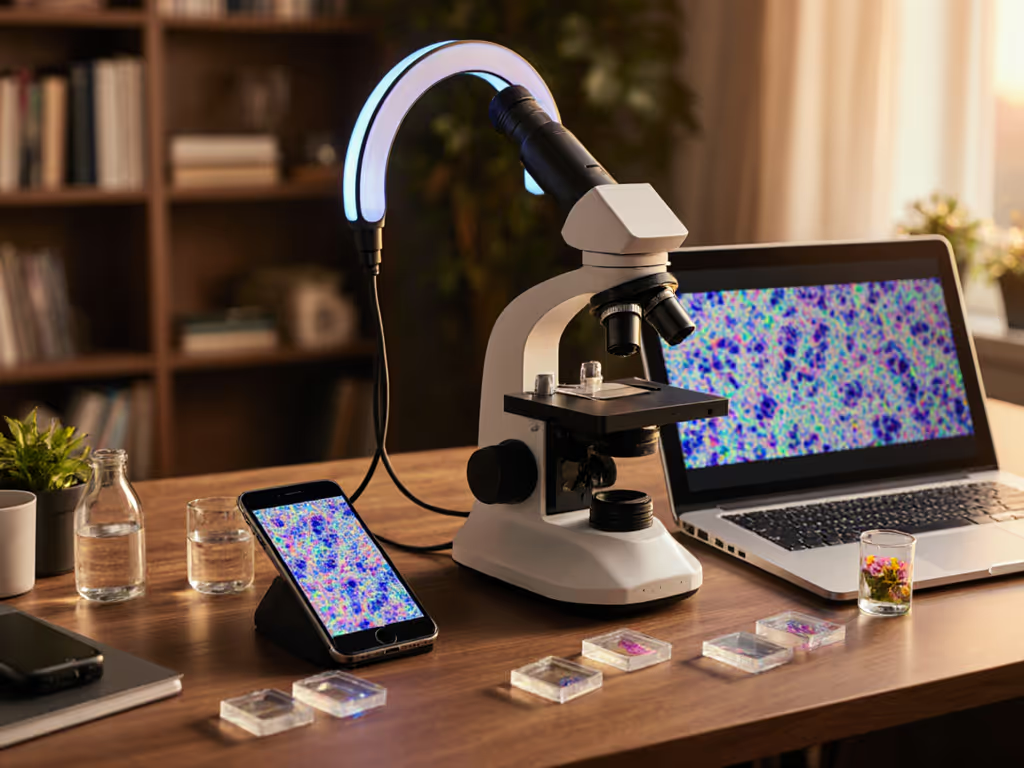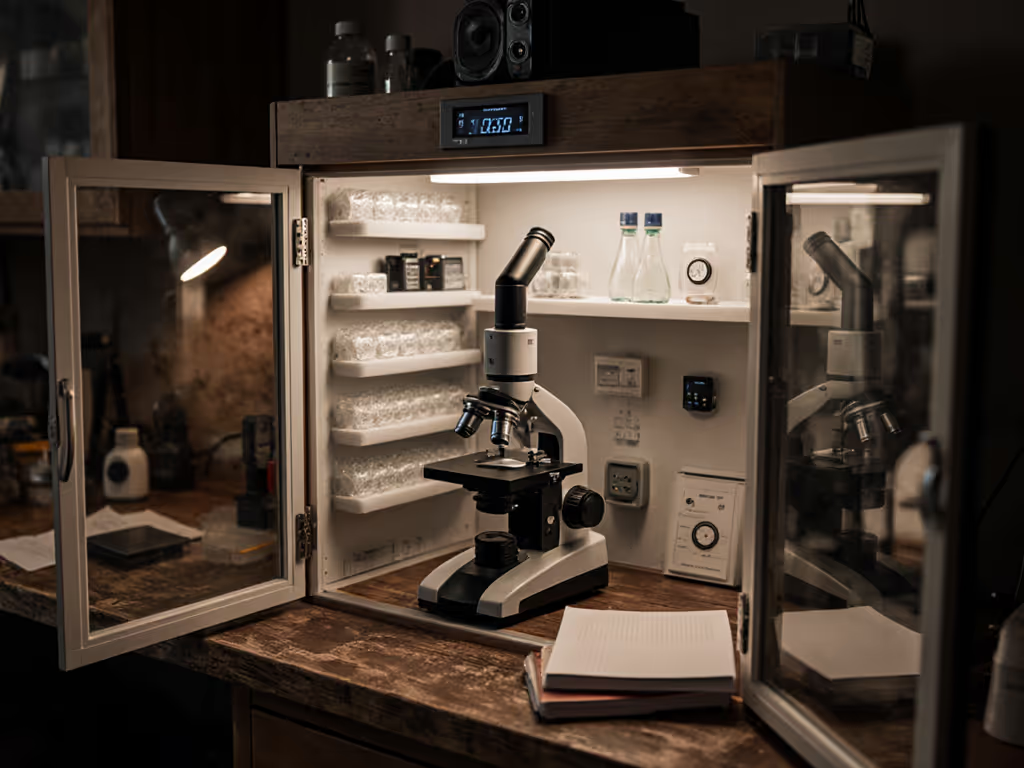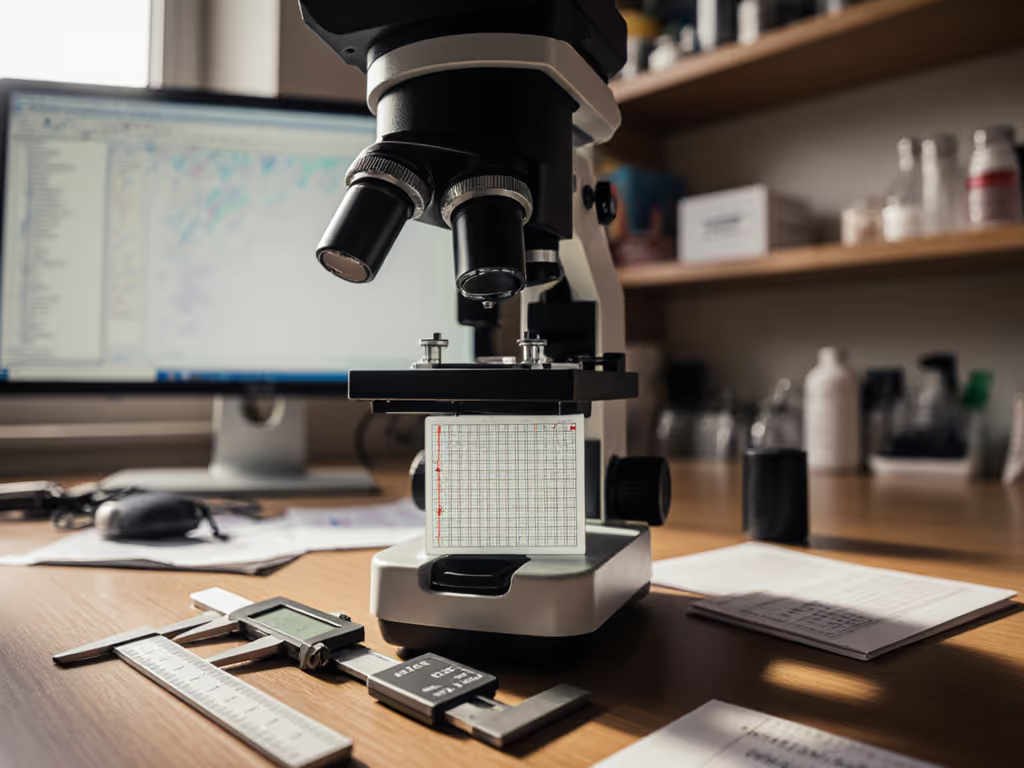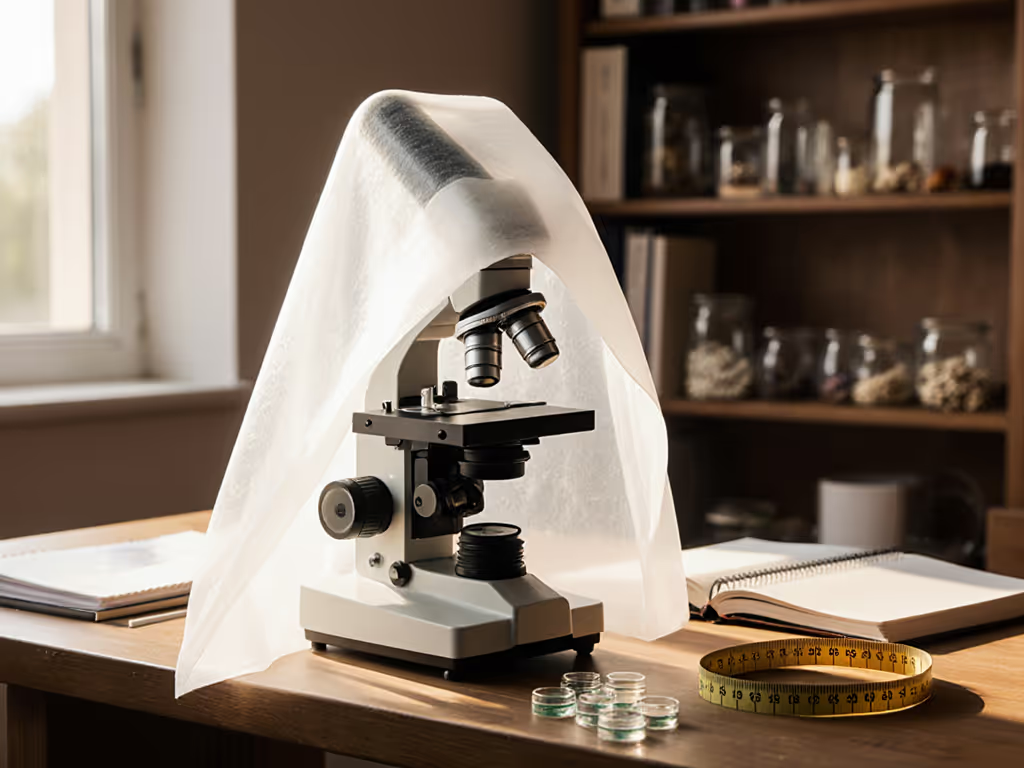
Microscope Calibration Simplified: Step-by-Step Guide
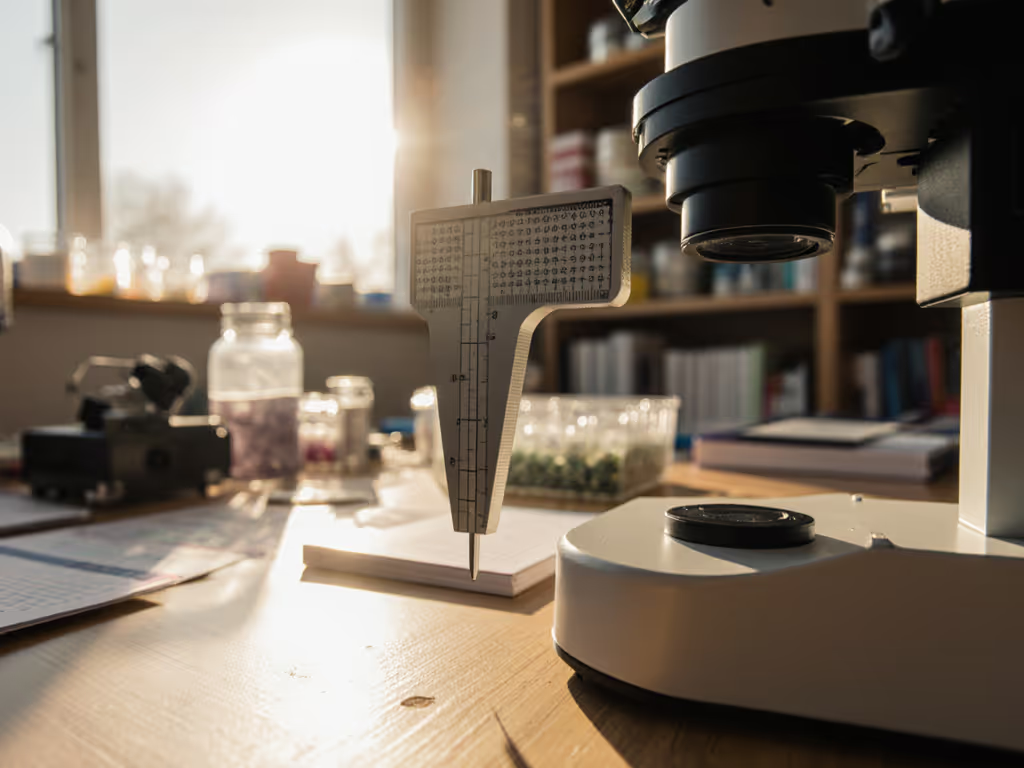
You've just spotted something fascinating under your microscope (a newly hatched water flea, maybe, or intricate pollen grains), but measuring it accurately feels like solving a puzzle blindfolded. That's where microscope calibration becomes your secret weapon. Using reliable calibration slides like stage micrometers bridges the gap between "cool observation" and "meaningful discovery." I've seen countless beginners skip this step, only to later wonder why their measurements never matched online resources. Today, we'll transform this technical task into a 10 minute habit that unlocks confidence. Remember: Start simple, learn fast.
Why Should I Care About Calibration? (It's Not Just for Labs!)
Small wins today grow into tomorrow's confident discoveries.
Many hobbyists assume microscope calibration is only for scientists in white coats. Not true! When your kid asks, "How big is that tardigrade?" or you want to compare crystal structures in homemade salt samples, accuracy matters. Without calibration:
- Measurements become guesses ("kind of small" isn't helpful!)
- Comparing findings across sessions feels unreliable
- Sharing discoveries online invites polite skepticism
Think of it like baking: using a spoon instead of a measuring cup might work for cookies, but fails for delicate souffles. Microscope accuracy turns curiosity into repeatable science, exactly what we need for those "aha!" moments at home. If you're just getting started, our beginner's accessories guide covers the simple tools that make calibration and measurement easier.
"I'm Overwhelmed by Jargon! What's a Stage Micrometer?"
Let's demystify terms with plain language:
- Stage micrometer: A special slide etched with a known ruler (like a yardstick for tiny things). Most mark 1 mm total, divided into 100 tiny lines (each 0.01 mm). This is your anchor for accuracy.
- Eyepiece graticule: A ruler built into your eyepiece (like crosshairs in a scope). It has no real units until you calibrate it.
- Calibration standards: Just official names for trustworthy tools (like your stage micrometer) that ensure consistency.
You don't need lab grade gear. I recently used a basic $15 stage micrometer with a teen's beginner microscope to measure pond algae, proving you can achieve microscope accuracy without breaking the bank.
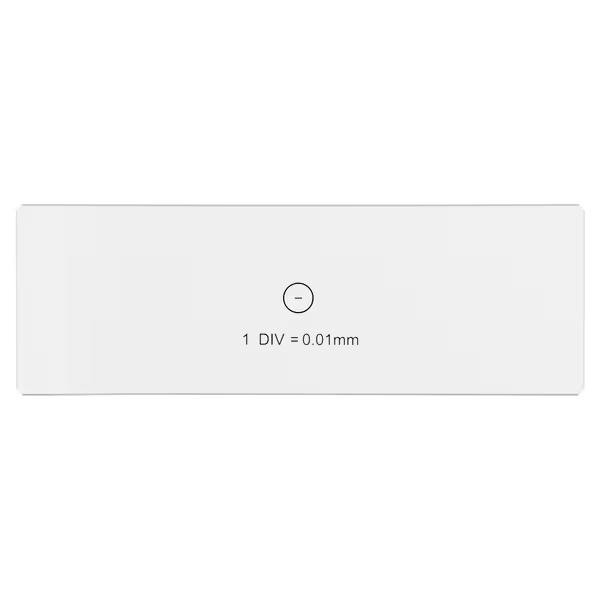
AmScope MR095 Microscope Stage Calibration Slide
"Doesn't My Microscope Already Measure Things?"
Sadly, no, and here's why it matters. Microscopes magnify proportionally, but actual sizes vary by:
- Eyepiece type (10x vs. 15x)
- Objective lens (4x, 10x, 40x)
- Camera attachments (if using digital)
That "40x" label? It's nominal magnification, like a "medium" T-shirt size. Two "medium" shirts fit differently! Calibration assigns real world values (micrometers) to your eyepiece's lines, making measurements consistent across days or microscopes.
"This Seems Complicated. How Long Does It Take?"
With scaffolded steps, it's simpler than setting up a new coffee maker. Once you do it 2-3 times, it becomes routine. Here's the friendly version of the process:
Your No-Stress Calibration Roadmap
Step 1: Gather Your Peace-of-Mind Toolkit
You only need:
- Your microscope
- Stage micrometer (this replaces vague test patterns)
- Notebook (for recording values)
Skip complex math: Most beginner microscopes use eyepieces with 10x magnification. We'll work with that.
Step 2: The 5 Minute Alignment (Do This for Each Objective)
- Place the stage micrometer slide on your stage (like a regular sample).
- Focus on the micrometer's lines using your lowest power objective (e.g., 4x). Crisp micrometer lines often require proper illumination; learn to tune your condenser and light control for sharper edges.
- Rotate your eyepiece graticule until its lines run parallel to the micrometer's lines.
- Align the "0" marks of both rulers by nudging the slide.
- Find where lines next match up perfectly (e.g., at the 100th micrometer line).
Gentle reminder: If lines won't align, slightly rotate the eyepiece. Forcing it stresses lenses!
Step 3: Calculate Like a Pro (Without a Calculator)
Let's say at 10x objective:
- 100 lines on your stage micrometer = 1 mm total (0.01 mm per line)
- These span 40 lines on your eyepiece graticule
Simple math: 1 mm ÷ 40 = 0.025 mm per graticule line. Convert to micrometers (µm): 25 µm per line.
Write this down: "10x = 25 µm/line". Do this for every objective you use!
Step 4: Validate with a "Known" Sample
Try measuring something familiar:
- Human hair (50-100 µm wide)
- Table salt crystals (about 300 µm)
If your measurement falls in this range, you've nailed it! If not, revisit Step 2. This builds trust in your tool.
Troubleshooting Without Tears
"The lines won't stay aligned!" → Microscope wobble is common. Rest your elbows on the table. For persistent issues, place a small weight (like a book) on the base.
"My measurements seem off." → Double-check units! Mistaking mm for µm is the #1 beginner error. Remember: 1 mm = 1000 µm. Also, smudged optics can mimic calibration errors—use our microscope maintenance guide to keep lenses clean and images crisp.
"Do I do this every time?" → Only when changing eyepieces or objectives. Write calibration values directly on your microscope's base with a label.
Why This Small Win Changes Everything
Last summer, a retiree used this exact method to document shrinking algae blooms in his pond over 3 months. His calibrated measurements caught a local biologist's attention, leading to a community clean up. That's the power of microscope accuracy: it turns personal curiosity into shareable impact.
I still recall a nine year old's gasp when she measured her first tardigrade at 200 µm exactly, proving wonder doesn't require expensive gear, just thoughtful steps. Calibration slides are your gateway to that precision, and unlike finicky test patterns, they give consistent results beginners can rely on.
Your Next Discovery Awaits
Now that you've tamed the calibration beast, try this:
- Measure dust particles from your windowsill
- Compare thread counts in fabrics (cotton vs. polyester)
- Document the growth of a yeast colony daily
Keep your stage micrometer handy; it's the unsung hero that transforms "neat!" into "measurable neat!" And when you share your findings online, tag #MicroscopeWin. I'll be there celebrating your small wins, because Start simple, learn fast isn't just advice, it's how wonder becomes skill.


